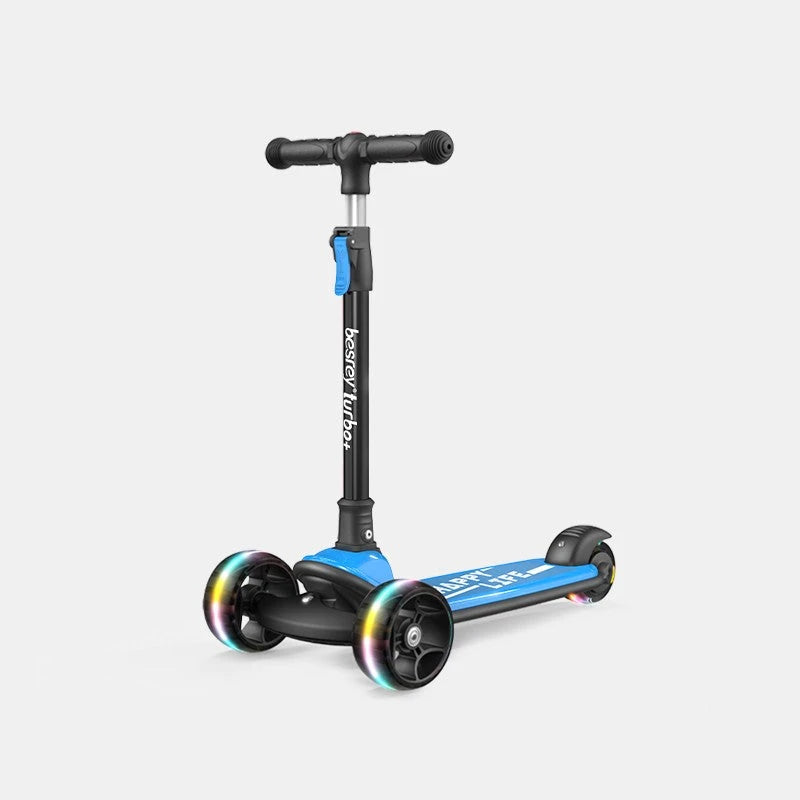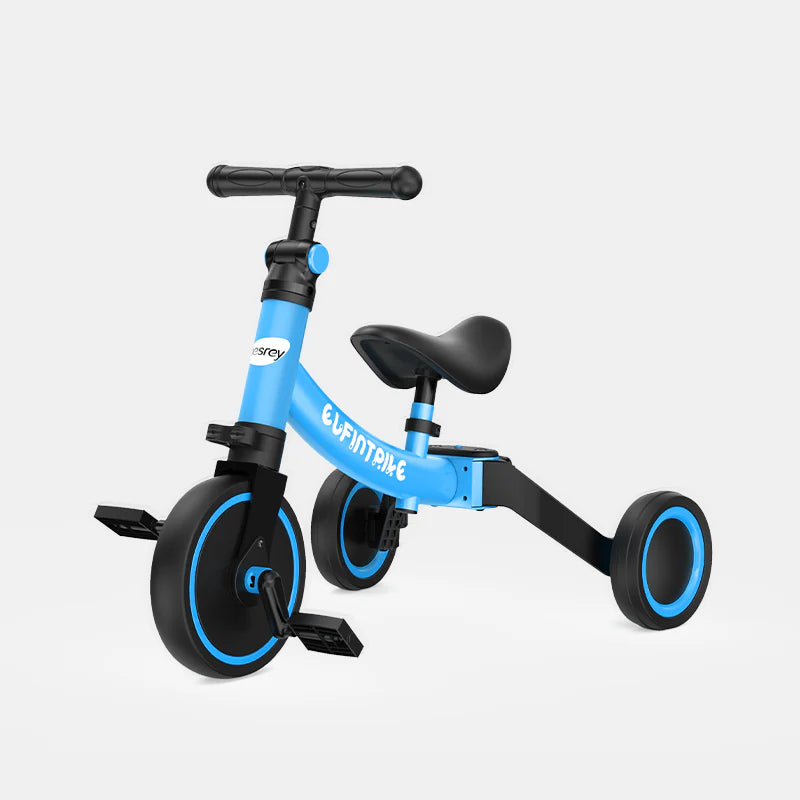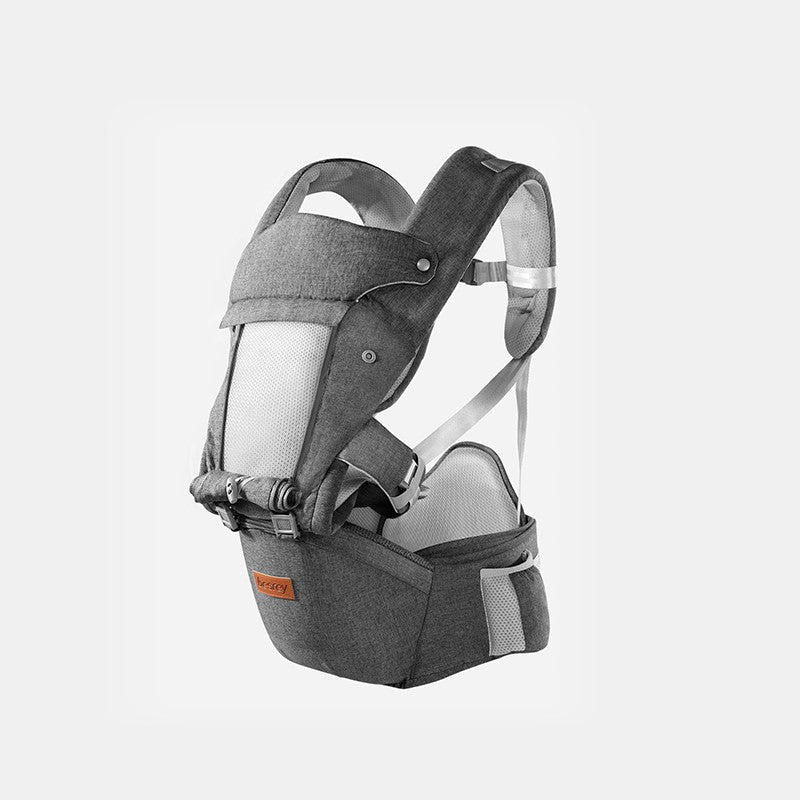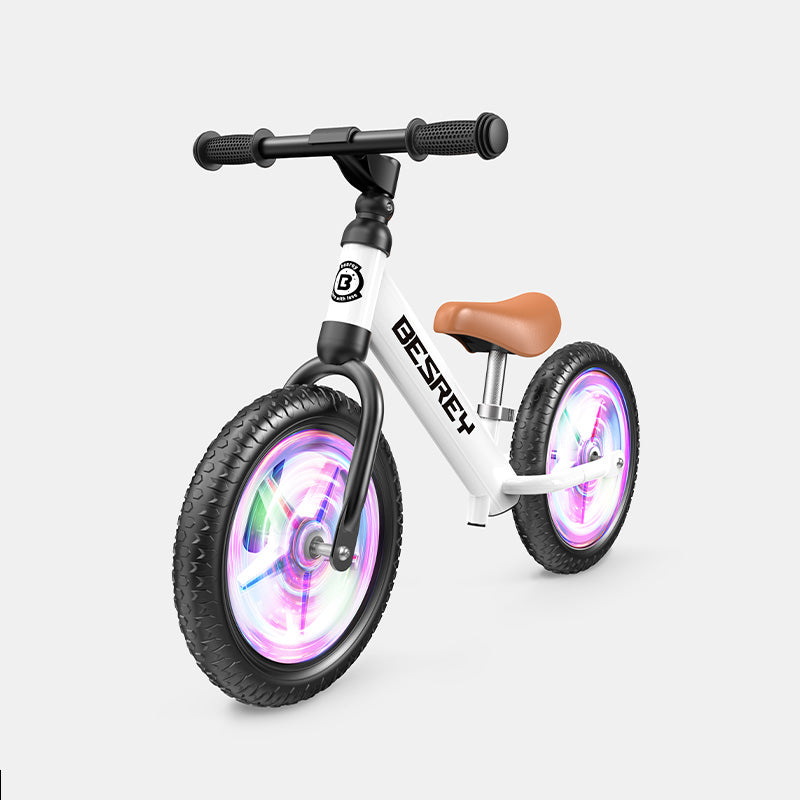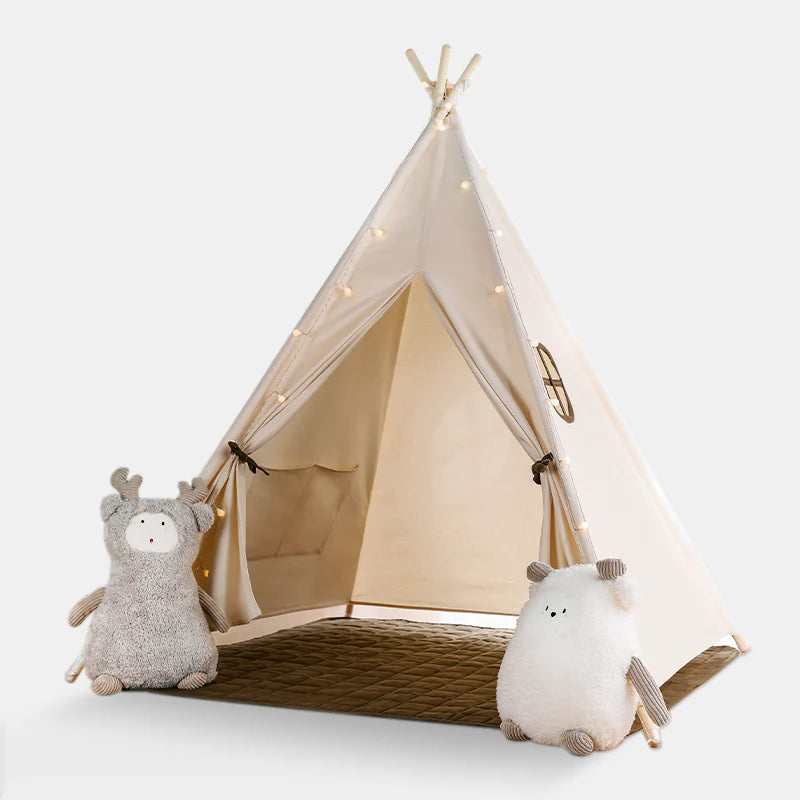Besrey - Aug 30 2025
How to Create a Safe Sleep Space at Home and On the Go

Every new parent faces the same overwhelming question - how do you create a safe sleep space that works everywhere? Between checking on your baby every few minutes and second-guessing every decision, sleep safety can feel impossibly complicated.
Good news though - safety sleep comes down to getting a few key things right. Once you know what matters most and have a solid plan, you can feel confident whether you're at home or dealing with a hotel crib at midnight.
Here's how to set up sleep spaces that work anywhere.
Setting Up at Home
Sleep Position and Surface Basics
Back sleeping remains the gold standard for infant safety. This simple position dramatically reduces SIDS risk and has saved countless lives since becoming the standard recommendation from the American Academy of Pediatrics. Pair this with a firm mattress and fitted sheet that hugs tightly to the corners.
Hold off on the fancy bedding for now. All those pretty bumpers and soft blankets you see in magazine photos? Save them for when your baby gets older. An empty crib might not look as Pinterest-worthy, but it's much safer.
Getting the Temperature Right
Around 68-70°F works for most babies. If you're comfortable in a t-shirt, they probably are too. Babies get overheated pretty easily, so if you're not sure, go a little cooler rather than warmer.
Sleep sacks make everything so much easier. No blankets to worry about, no middle-of-the-night checks to see if they're covered up. Your baby stays warm and you can stop stressing about loose fabric near their face. No more worrying about blankets covering their face, and you won't be sneaking in at 3 AM to re-cover a baby who kicked everything off. They stay warm and you get peace of mind.

Where to Put the Crib
Avoid spots where morning sun streams right onto the crib. Nothing ruins a good nap like bright sunlight hitting your baby's face at 10 AM. Heat vents are another thing to watch - they can make the temperature jump around throughout the day.
Clear out anything within baby-grabbing distance. Blind cords, picture frames, that cute lamp you thought was far enough away. Babies get surprisingly good at reaching for things way sooner than you'd expect.
Managing Household Noise
Consistent background sound helps babies sleep better than complete silence. A white noise machine masks sudden household noises that might startle your baby awake. Even a simple fan provides enough ambient sound to create a better sleep environment.
Sleeping Away From Home
Hotel Cribs and What to Watch For
Hotel cribs are hit or miss. Some are great, others look like they've been through a war. Give any crib a good shake before you put your baby in it. Wobbly legs, loose screws, or paint chips are all red flags. If you don't like what you see, ask the front desk for a different room.
Travel cribs are bulky to pack, but they're worth it if you travel a lot. At least you know what you're getting.
What to Pack for Sleep
Bring the stuff that makes any room feel more like home. Your own sheets, the sleep sack they're used to, maybe that little white noise machine. Hotels can be noisy or way too quiet, and unfamiliar smells and sounds can throw off even good sleepers.
Hotel curtains never seem to do the job when you need them to. A dark towel and some binder clips from the front desk can help block out light for naps.
Baby Wearing and Sleep
Babies love falling asleep when you're carrying them around. Something about the movement and being close to you just knocks them right out. Shopping trips, walks around the neighborhood - doesn't matter where you are.
Just peek at them once in a while to make sure their head hasn't flopped down weird. You don't want their chin pressed against their chest because that can mess with their breathing.
The Besrey Baby Carrier Backpack is designed to keep babies in a good position even when they doze off. The way it's built helps support their back and keeps their head from flopping forward.
For longer hikes or when you're going to be out for hours, the Besrey Baby Backpack Carrier with Safety 3-Height Seat lets you adjust things as your baby moves around while sleeping.
Car Seat Naps
Car seats are fine for getting from point A to point B, but they're not meant for long stretches of sleep. When you get where you're going, try to move your baby somewhere flat if they're still snoozing. Sleeping sitting up for hours can make it harder for babies to breathe properly.
Building Consistency Everywhere
Bedtime Routines for Travel
The same bedtime routine works whether you're at home or visiting family. A warm bath, quiet feeding, and familiar lullaby signal sleep time regardless of location. This consistency helps your baby feel secure even when everything else is different.
Keep the routine simple enough to replicate anywhere. Elaborate routines become impossible to maintain when you're dealing with travel stress and unfamiliar spaces.
Room-Sharing Benefits
Sharing your room for the first six months makes nighttime monitoring easier while supporting safer sleep practices. You can respond quickly to your baby's needs and feel at ease when hearing their normal breathing patterns throughout the night.
This arrangement also simplifies those frequent nighttime feedings, especially when you're still figuring out your baby's sleep schedule.

How to Feel Safe When Sleeping - For Parents
Finding the Right Monitor Setup
Baby monitors can either give you peace of mind or turn you into a nervous wreck who stares at a screen all night. Video monitors are nice because you can peek at your baby without opening their door without waking them up by opening a creaky door.
Get something with clear sound and a connection that doesn't drop out every five minutes. You don't want to be lying there at 2 AM wondering if the thing is broken or if your baby is actually quiet for once.
Keep your pediatrician's number somewhere easy to find. If something seems off, check it out. You've been with your baby every day - you'll notice when things aren't right.
When you're exhausted, everything feels harder. Once you've got the sleep space sorted out and a monitor you trust, you can actually rest instead of checking on them every ten minutes.
Creating Safe Sleep Habits for Life
These sleep safety basics stick with you as your family grows. Whether you're at home or loading up the car for adventures with gear like tricycles for toddlers and outdoor toys, the same safety thinking applies everywhere.
Want more tips for getting out and about with your little one? We've got plenty of ideas for picking gear that works for real families and helps kids build confidence through play.
Remember, every family's sleep situation is unique. When in doubt, consult your pediatrician or refer to resources from the Safe to Sleep campaign for the most current safety guidelines.
Good sleep habits start with preparation, the right tools, and gear you can trust to keep your family safe wherever your adventures take you.

